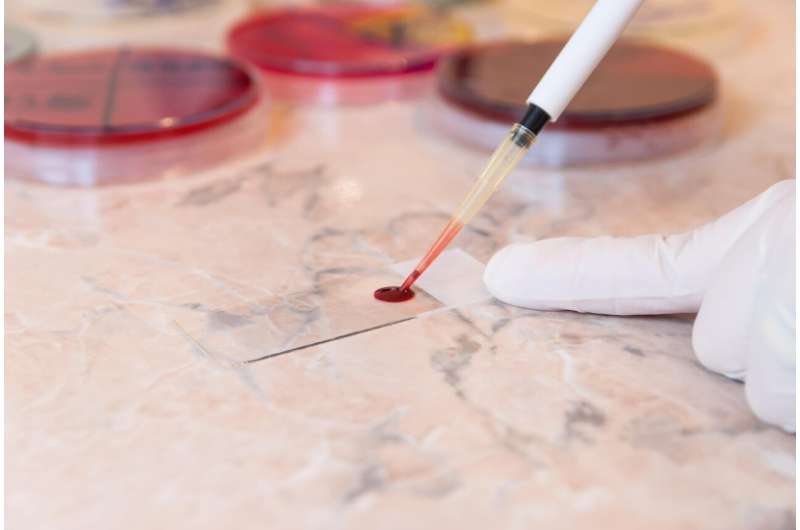Metabolic biomarkers may aid mood disorder diagnosis

Metabolomic profiling may improve the differential diagnosis of mood disorders, according to a proof-of-concept study published online Oct. 25 in JAMA Psychiatry.
Jakub Tomasik, Ph.D., from the University of Cambridge in the United Kingdom, and colleagues examined metabolomic biomarker signatures from dried blood spots among patients with bipolar disorder (BD) and major depressive disorder (MDD) during depressive episodes. The analysis included 241 patients in the discovery cohort and 30 individuals in the validation cohort.
The researchers found that of the 241 patients with depressive symptoms with a recent diagnosis of MDD, 67 were subsequently diagnosed with BD by the Composite International Diagnostic Interview. The identified 17-biomarker panel had a mean cross-validated area under the receiver operating characteristic curve (AUROC) of 0.71. Ceramide d18:0/24:1 emerged as the strongest biomarker. The combination of biomarker data and patient-reported information significantly enhanced diagnostic performance of models based on extensive demographic data, Patient Health Questionnaire-9 scores, and the outcomes from the Mood Disorder Questionnaire. There was a correlation observed between the identified biomarkers and lifetime manic symptoms. In a separate group of individuals with a new clinical diagnosis of MDD (21 patients) or BD (nine patients), the identified biomarkers showed a mean cross-validated AUROC of 0.73.
“This study provides a proof of concept for developing an accessible biomarker test to facilitate the differential diagnosis of BD and MDD and highlights the potential involvement of ceramides in the pathophysiological mechanisms of mood disorders,” the authors write.
Several authors disclosed ties to Psyomics, which partially funded the study; two authors disclosed a pending patent for dried blood spot biomarkers for bipolar disorder.
More information:
Jakub Tomasik et al, Metabolomic Biomarker Signatures for Bipolar and Unipolar Depression, JAMA Psychiatry (2023). DOI: 10.1001/jamapsychiatry.2023.4096
Journal information:
JAMA Psychiatry
Source: Read Full Article


